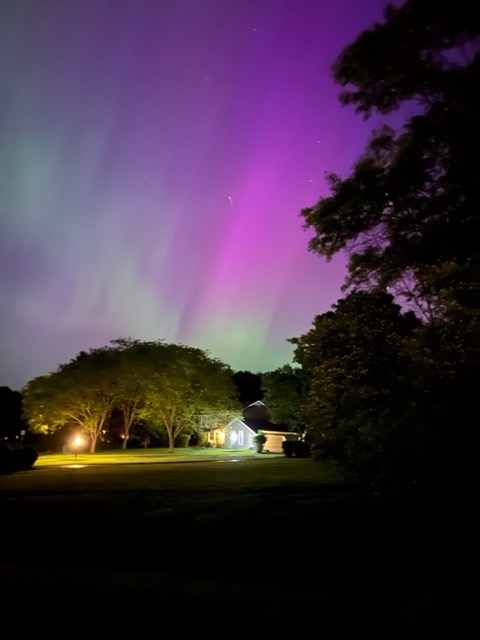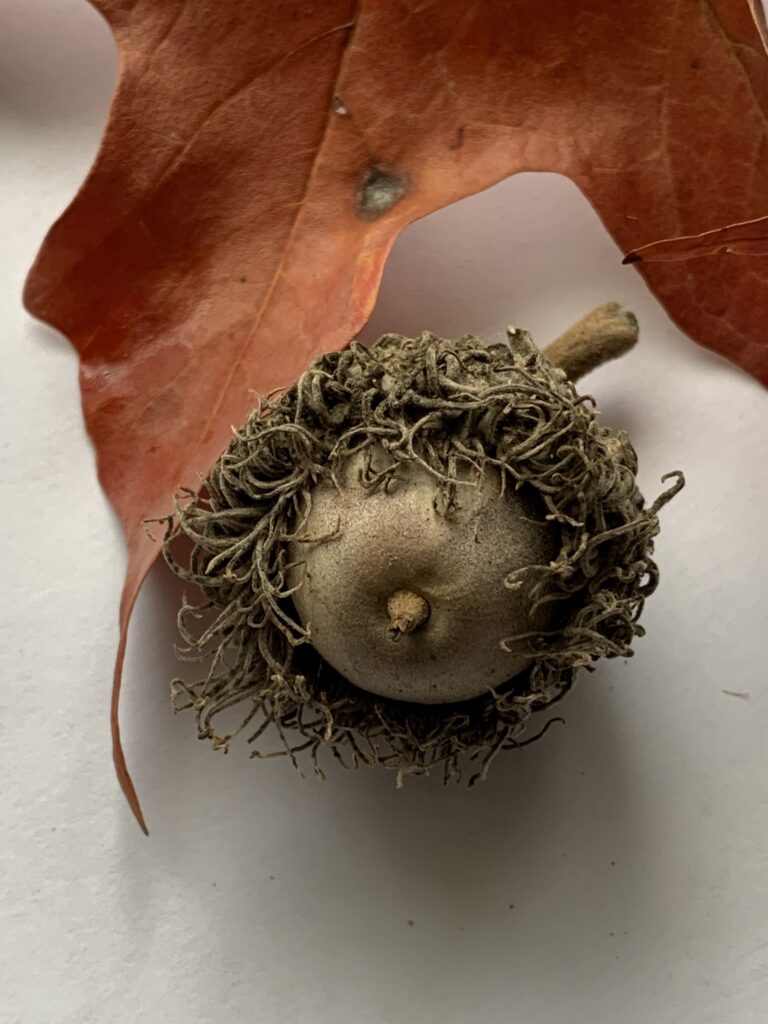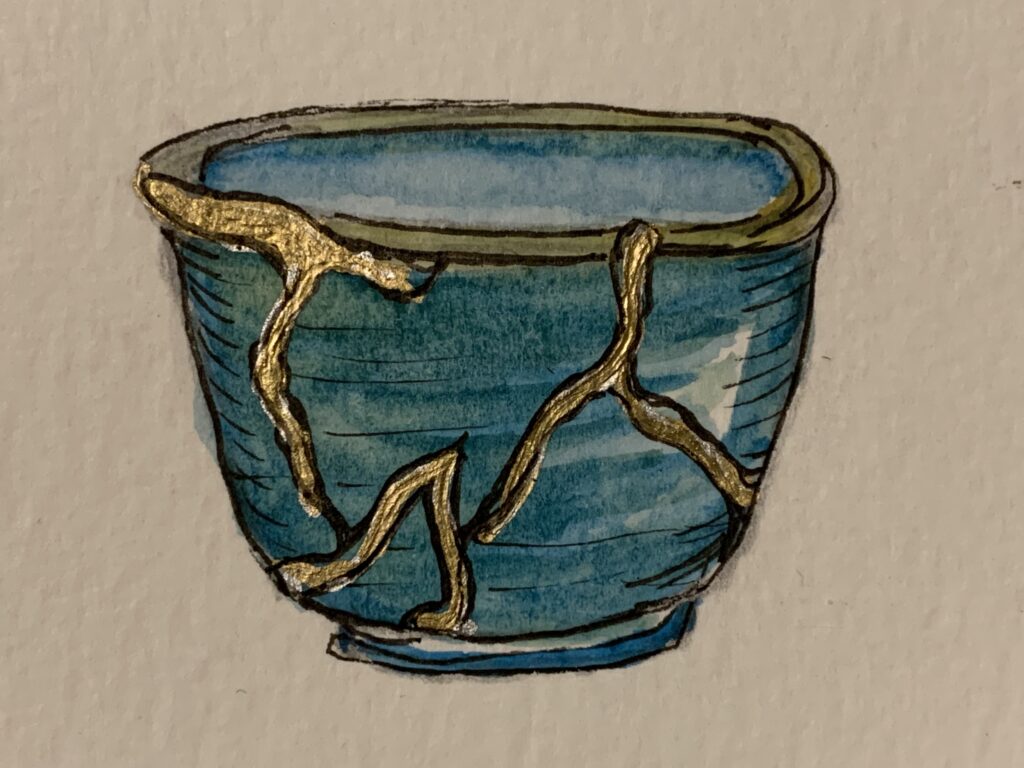My daughter called on her way home from a bakery where she picked up a loaf of challah for a soup dinner with a friend flying in for the weekend. The baker gave her a warm challah knot made from dough scraps while she waited for the loaves to come out of the oven. We remembered making challah at home. The braiding. The sweet aroma of honey-egg bread that filled the kitchen. By the time we hung up, I had decided to make a loaf myself.
I played an old Peter, Paul, & Mary album while I gathered ingredients and donned an apron I bought at the Eiffel Tower, surrounding myself with happy memories. I pulled aside the curtain that hangs over the long, narrow window and tilted the aluminum slats on the bent miniblind that covers the window in the old wooden door. Sunlight filled the room.
Challah is easy to make. Four steps of about 30 minutes each. Plenty of time to wash dishes and utensils as I went. And, to sing.
Along with Pete Seeger (my favorite), Joan Baez, and Judy Collins, Peter, Paul & Mary were major contributors to the soundtrack of my younger life. Guitar in hand, I sang at home, with high school friends, at sing-a-longs, coffee houses, and churches. I thought I could do without the guitar while traveling around Western Europe one summer, but by Germany, I bought one the size of a large ukulele and strapped it to my backpack.
In my kitchen, I sang as I mixed and kneaded the dough. I sang as I separated it into six pieces, rolling each into a long strand. I braided two smaller loaves. One to keep. One to give away. I remembered harmonies to old favorites. As I worked, one song in particular touched my soul, aching from the horrible events unfolding in Washington and across the country: “The River of Jordan,” written in 1972 by PP&M member, Peter Yarrow.
I suppose I shouldn’t be surprised at the appropriateness of the lyrics for the current situation in our country. Bigotry, hatred, violence, “them vs us,” is nothing new to the human race. There are always those who stir up fear and use it for their own gain. But what is happening here, the scope, the speed of it, is overwhelming.
I played that song over and over and sang with my whole heart. I remembered that PP&M sang at the 1963 March in Washington and the March from Selma to Alabama in 1965. Singling out groups for oppression and “othering” is part of our country’s history. It remains.
Baking bread, letting in the sunlight, singing familiar songs were balm. Walking down the street to deliver a loaf to a young mother and her son helped, too. We laughed as the little one showed me one thing after another and sat close as I read books to him.
But Yarrow’s song still plays in my mind. And I wonder… What can I do? How can I live out the wisdom held in the lyrics:
We are only one river. We are only one sea.
And it flows through you, and it flows through me.
We are only one people. We are one and the same.
We are all one spirit. We are all one name…
A little at a time. Where I am. What I can do. Look for goodness and beauty. Celebrate it. Put some into the world. Connect with and support others. Persevere. Pray.
Like bread, we nourish one another. Like a braided loaf of many grains, we are one.
Resoucre:
Listen to Peter, Paul, & Mary and friends sing The River of Jordan














































